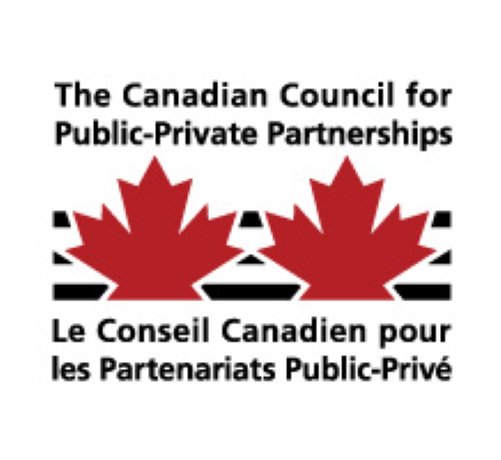The Canadian model of Public-Private Partnerships (P3) is considered to be one of the most successful in the world, which means other countries can learn a lot from this experience, says a new report.
"Since the onset of the global financial crisis, the Canadian market has emerged as one of the world’s most stable and consistently productive," said a report written by Service Works Global (SWG) in consultation with Mark Hellowell of the University of Edinburgh.
"There has been a clear recognition of the benefits of P3s by governments at all levels in Canada in recent years, and the model has been at the heart of long-term infrastructure plans introduced by successive governments."
This is the key message of a white paper entitled Public-Private Partnerships: What the Word can learn from Canada, which was produced by SWG and the Canadian Council for Public-Private Partnerships (CCPPP). SWG provides P3 operational performance management and integrated payment mechanism software.
Canada has more than 200 P3 infrastructure projects worth about C$70 billion in capital investment that have reached financial close. The white paper outlines the growth and evolution of the Canadian P3 market and identifies the key factors that have contributed to the success of this policy.
"While federal support has been strong, it is the governments at the provincial level that have assumed the leading government role in driving forward the Canadian P3 market," said the report. "In particular, the provinces of Alberta, British Columbia, Ontario, and Quebec have developed and refined the Canadian P3 model. Each has established its own specialist agency, and collectively these have helped to create a distinctively Canadian approach to P3 project and programme management."
The work of these agencies has developed the Canadian P3 market, which is driven by the several key factors: a stable pipeline of infrastructure projects; efficient procurement process; a diverse market for project finance; and a supportive political environment.
Canadian P3 projects reaching financial close have ranged between 10 and 15 projects per year since the financial crisis in 2008. This number is lower than the peak years between 2005 and 2009, but the market remained strong.
Nine P3s entered the procurement phase in 2009 and this number more than doubled to 20 in 2013. The stability of the P3 market has been crucial in securing efficient contract prices and high quality bids.
Canada has one of the most efficient procurement processes of the mature P3 markets around the world. The median procurement time over the whole program period is about 18 months. This has fallen to 16 months in recent years.
Bid costs for the winning bidder on a P3 in Canada are on average lower than Australia, at 0.5 per cent to 1.5 per cent of capital value, compared to one or two per cent.
They are also lower than in the UK, where bid costs are five to six per cent of capital value.
Government purchasers at the provincial level have ensured project documents are consistent across all projects in an asset class, and that the key terms are similar across asset classes.
Standardization has helped to reduce the information requirements of senior lenders, which encouraged their entry into the P3 market. This process is enhanced by the actions of contractors, who provide robust security packages that are passed through to the project company.
The later adopters of the P3 model in Canada have learned from these experiences and used them to make rapid progress.
For example, the provinces of New Brunswick and Saskatchewan have built upon the successes of the earlier provincial adopters by creating their own specialized agencies.
In addition, the launch of the C$1.25 billion P3 Canada Fund in 2007 caused 15 municipalities to enter and actively participate in the P3 market over the past four years.
These municipalities include Winnipeg, which has four current P3 projects, and Toronto, with three current P3s.
According to the P3 Canada Fund, its projects attract between seven and 14 interested bidders at the initial Request for Quotations stage.
Canadian-based contractors include Black & McDonald, Ellis Don Corporation, PCL Constructors, and SNC Lavalin. Large and active players from overseas include Acciona (Spain), Bouygues (France), Honeywell (US), Innisfree (UK), Johnson Controls (US) and Plenary Group (Australia).
The involvement of such a diverse range of domestic and international firms leads to more competition, forcing suppliers to drive down prices and to innovate to increase the quality of their submissions.
Follow Richard Gilbert on Twitter @buildingcanada. Also, visit www.dcnonl.com for more construction industry news, stories and videos.



Recent Comments
comments for this post are closed